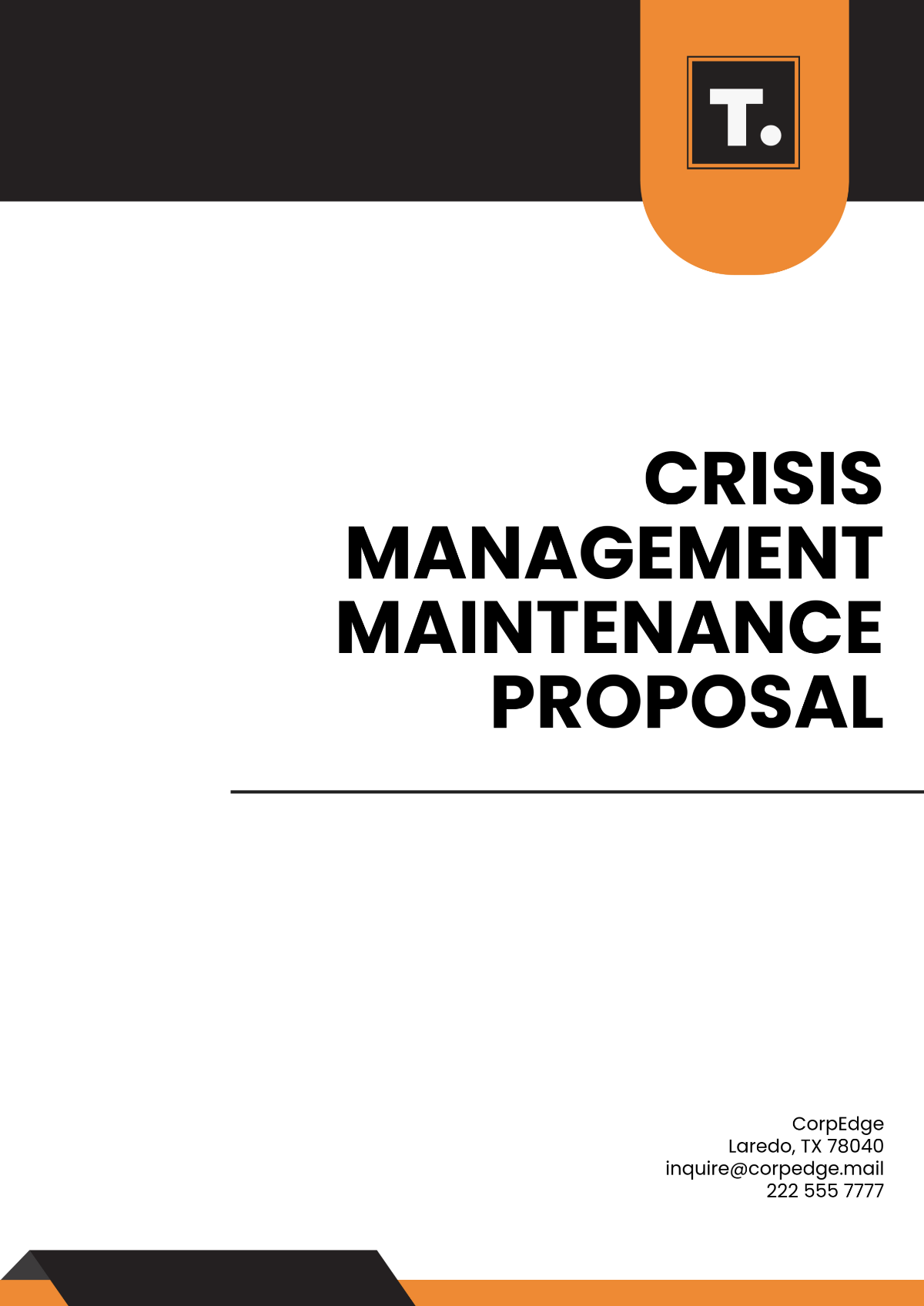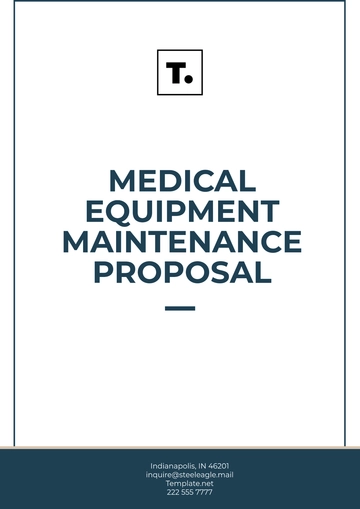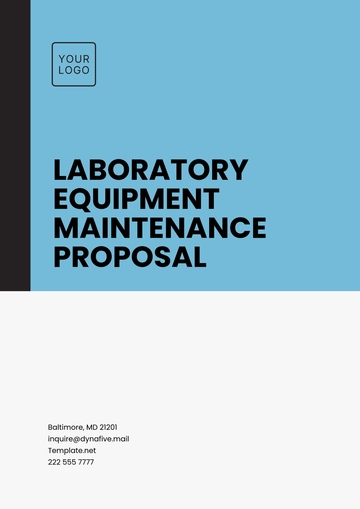Crisis Management Maintenance Proposal
Prepared by: [Your Company Name]
Date: January 1, 2060
I. Executive Summary
This proposal outlines a comprehensive approach to crisis management maintenance, aiming to equip the organization with robust mechanisms to identify, address, and mitigate risks effectively. By implementing strategic risk assessment, developing adaptable response strategies, ensuring business continuity, and establishing clear communication protocols, the proposal seeks to maintain organizational resilience against any potential crises from the year 2060 onwards.
II. Introduction
Crisis management is a critical component of modern organizational strategy, essential for safeguarding assets, reputation, and operational capabilities. This proposal sets forth a structured framework to enhance the organization's preparedness and response capabilities, ensuring seamless business operations even amidst unforeseen crises.
III. Risk Assessment
Effective crisis management begins with a thorough risk assessment. By identifying potential threats and evaluating their likelihood and impact, we can prioritize resources and tailor our response strategies. Key risks include:
Cybersecurity threats
Natural disasters
Supply chain disruptions
Pandemic outbreaks
Regulatory changes
Each risk will be analyzed based on historical data, industry trends, and expert insights to ensure a comprehensive understanding.
IV. Crisis Management Strategies
To manage varying crisis scenarios effectively, the following strategies will be deployed:
V. Business Continuity Plan
A comprehensive Business Continuity Plan (BCP) is vital for maintaining operations during crises. Key actions include:
Activation of emergency response teams
Deployment of alternative work sites and communication channels
Regular BCP updates and drills
The BCP ensures core functions can operate under varying conditions, maintaining service delivery and stakeholder confidence.
VI. Roles and Responsibilities
Role | Responsibilities |
|---|
Crisis Manager | Oversee crisis management efforts, coordinate teams, and communicate with leadership. |
IT Head | Ensure technological resilience and manage cybersecurity responses. |
HR Director | Manage workforce logistics and ensure employee safety and communication. |
VII. Communication Plan
Effective communication is paramount during crises. The communication plan involves:
Developing pre-approved internal communication templates
Establishing external communication protocols with stakeholders and media
Using multiple channels like email, social media, and press releases to disseminate information
VIII. Training and Testing
Regular training and testing are essential to maintain readiness. This includes:
Annual crisis management workshops for key personnel
Bi-annual simulation exercises
Feedback and improvement loops to adapt to emerging threats and technologies
IX. Budget and Resources
To sustain robust crisis management systems, necessary financial and human resources must be allocated. Estimated costs include:
Category | Cost (in USD) |
|---|
Technology Upgrades | $250,000 |
Training Programs | $100,000 |
Consulting Services | $150,000 |
X. Conclusion
In conclusion, the proposal underscores the necessity for a dynamic and integrated crisis management framework. Implementing effective strategies, ensuring business continuity, and promoting adaptive communication can significantly alleviate the impacts of potential crises. Forward-looking investments in crisis management engender resilience and provide hallmarks of an organization poised for future challenges and opportunities.
Proposal Templates @ Template.net






























